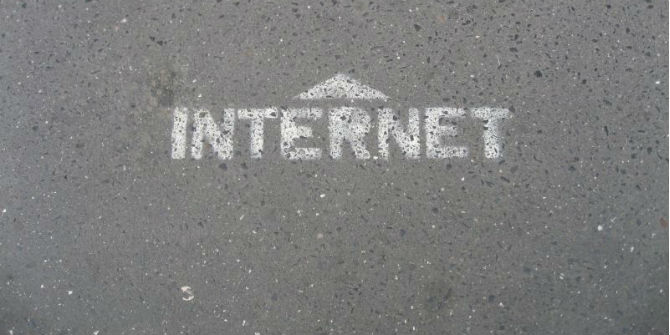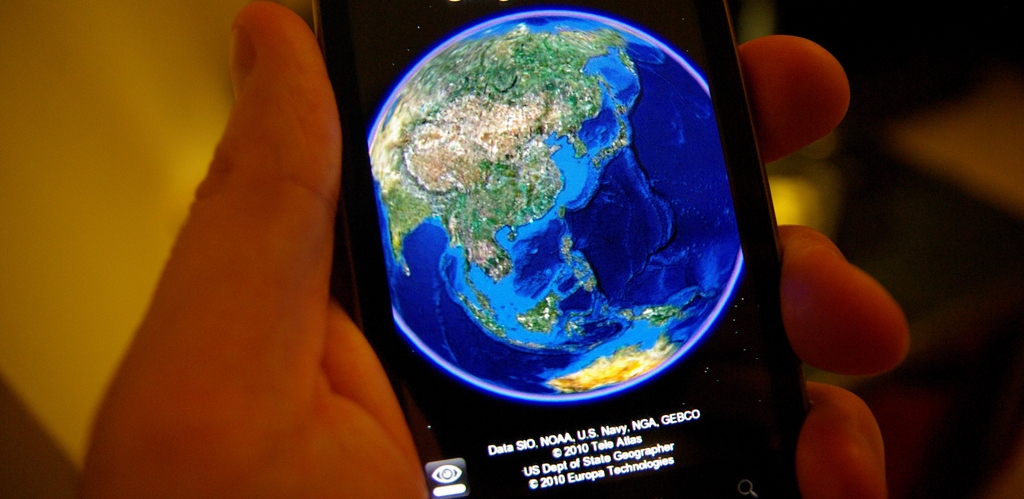 In June 2014, Danish lawmakers passed a new media policy agreement for the period 2015 to 2018. Henrik Søndergaard, Associate Professor at the University of Copenhagen and a member of the MeCETES team, a research project exploring contemporary European film and television drama, reports on the content of the new agreement and what it means for Danish public service media.
In June 2014, Danish lawmakers passed a new media policy agreement for the period 2015 to 2018. Henrik Søndergaard, Associate Professor at the University of Copenhagen and a member of the MeCETES team, a research project exploring contemporary European film and television drama, reports on the content of the new agreement and what it means for Danish public service media.
This summer Denmark has witnessed a long and unusually hard public debate about the size and scope of its public service media. Prompted by the formation of a new media policy agreement for the period 2015 to 2018, the debate has focused in particular on the country’s main public service broadcaster, Danish Broadcasting Corporation (DR).
Since the digital switchover in 2009, DR has significantly expanded its online services and introduced several new television channels. During the same period, commercial operators have faced severe problems due to digitalisation and the impact of the financial crisis. Many believe DR is undermining their financial basis and in need of downsizing.
The commercial media association Danske Medier, for instance, called for a ban on DR’s online services, which it regards as a threat to online news services offered by the commercial press. It also proposed that DR should only be allowed to distribute radio and television programmes online.
The Association of Film Producers likewise claimed private filmmakers were losing funding opportunities due to DR’s prominence. It argued a weaker public service broadcaster was the only way to ensure the commercial media survives.
The Association of Consumer Electronics, which represents cable and satellite companies, spoke out against the increase in DR’s free-to-air channels. It called for restrictions on DR’s new streaming service.
Meanwhile, commercial broadcasters SBS Discovery and MTG insisted DR has too many television channels and was broadcasting too much entertainment. Particular criticism focused on DR’s niche channel for a younger audience, DR3, which addresses the same target group as the commercial broadcasters are themselves striving for.
This alliance between commercial media companies is remarkable. Although most sectors of the commercial media face financial difficulties, they are challenged in different ways, preventing them from defining common goals. Yet in this case it seems they have been united in defining public service media and DR in particular as their common enemy.
Political support
The campaign against DR was soon taken up by liberal and right-wing opposition parties in the Danish parliament. In line with the arguments of the commercial media, the opposition called for DR’s funding to be reduced, the number of channels cut, and the amount of entertainment programmes limited. The public value test needed to be strengthened, they argued, and DR prevented from running news service on the Internet and from streaming anything other than its own in-house productions.
At first there seemed little chance the social democratic-led government would support these proposals. However, in the hands of the experienced and politically skilled Minister of Culture, Marianne Jelved, cross-party consensus on the new media policy agreement was eventually achieved. No party voted against the agreement, and all received some concessions.
A patchwork agreement

The agreement eventually reached in late June represents a compromise between the opposition, which demanded a cut to DR’s finances, and the government, who want DR to maintain a leading role within the media landscape. Not surprisingly, the agreement looks more like a patchwork than a consistent policy strategy for the future.
The question of how public service broadcasting should be defined in a diversified digital media system and the way in which public and private media can coexist hasn’t really been solved, simply put on hold: a committee of experts will be set up in the coming years to clarify the future role of public service media
The question of DR’s online news services has also been postponed. The newspapers and DR have been left to jointly find their own solutions without new regulations.
Even the controversy over the DR3 has not really been resolved, though it has been decided that the channel will increase the amount of Danish programmes and that the whole issue regarding its relevance will be evaluated in the future.
New obligations
While DR’s public service role is not challenged in any fundamental way, the new agreement does affect DR’s programme policy options. DR will be required to outsource more productions to independent companies from DKK 250 million (€33.6m) to DKK 300 million (€40.3m). A number of new programme obligations, including strengthening programming for children and young people and wider regional coverage, will also be introduced, while funding for Danish film production will rise from DKK 60 million (€8.0m) to DKK 65 million (€8.7m).
Most importantly, DR’s income will be reduced with 2% a year (DKK 75 m / €10.1m), due to the elimination of business license fees. At the same time, the amount of license fee money that goes to the Public Service Fund, which has been build up in order to co-fund quality television programmes to be broadcast on commercial channels, will increase from DKK 25 million (€3.4m) a year to DKK 35 million (€4.7m), with an extra DKK 30 million (€4.0m) from excess license fees.
The new agreement stresses DR’s obligation to make their radio and television programmes available on the Internet both as simulcast and on demand, a bold move given the strong opposition of the commercial sector. However, it also responds to concerns that unlimited access to free popular films undermines commercial operators by stating that: “Purchased foreign and widely popular films may not be made available on demand, and purchased European films as well as portions of foreign fiction series that is not DR-contracted productions, may only be made available for a period of 8 days after they have been broadcasted”.
Meanwhile, the Danish Film Institute will continue to receive DKR 25 million (€3.4m) a year. However, this – together with the license fee funding allocated to independent film production and the Public Service Fund mentioned above – is still unlikely to solve the present crisis in Danish film production, though it does represent a first step in a more comprehensive re-organisation of the current system of film subsidy which is going to be negotiated during the next few months.
Consensus and conflict
When media policy changes there will always be winners and losers, but in this case it is not that easy to tell who they are. DR and public service broadcasting has actually achieved very significant political support, demonstrating a strong consensus on the continuing importance of public service broadcasting. Though this is not really a new achievement in itself, it is nevertheless surprising given the harsh criticism DR initially faced from commercial operators and opposition parties. At the same time, it cannot be ignored that a huge number of unsolved problems remain and that necessary solutions are only touched upon in the new media policy agreement.
Surprisingly, the real loser seems to be the newspapers, as they campaign against DR failed to have any substantial impact on the politicians. Since narrowing DR’s public service obligations seems unlikely to benefit the newspaper industry, there are good reasons why politicians chose to ignore the newspapers’ campaign. That doesn’t mean they can overlook the many real problems faced by the press, but that’s another story, which we most certainly will hear more about in the coming years.
At a time when the boundaries between different branches of the media have become blurred, media policy faces new challenges. It is becoming increasingly difficult to maintain a diverse, pluralistic media structure as a common goal in Danish media policy.
The explicit support given to public service broadcasting and to the idea that this kind of media should remain as a cornerstone in the future, stated so explicitly in the new agreement, is not a bad starting point for the difficult work that lay ahead of us. The debate leading up to the agreement illustrates that this political consensus cannot be taken for granted, however needed it might be, but has to be fought for, now probably much harder than ever as the conflicts within the media system are steadily growing.
This post was originally published on the MeCETES site and is reposted here with permission of the author. It gives the views of the author and does not represent the position of the LSE Media Policy Project blog, nor of the London School of Economics.





